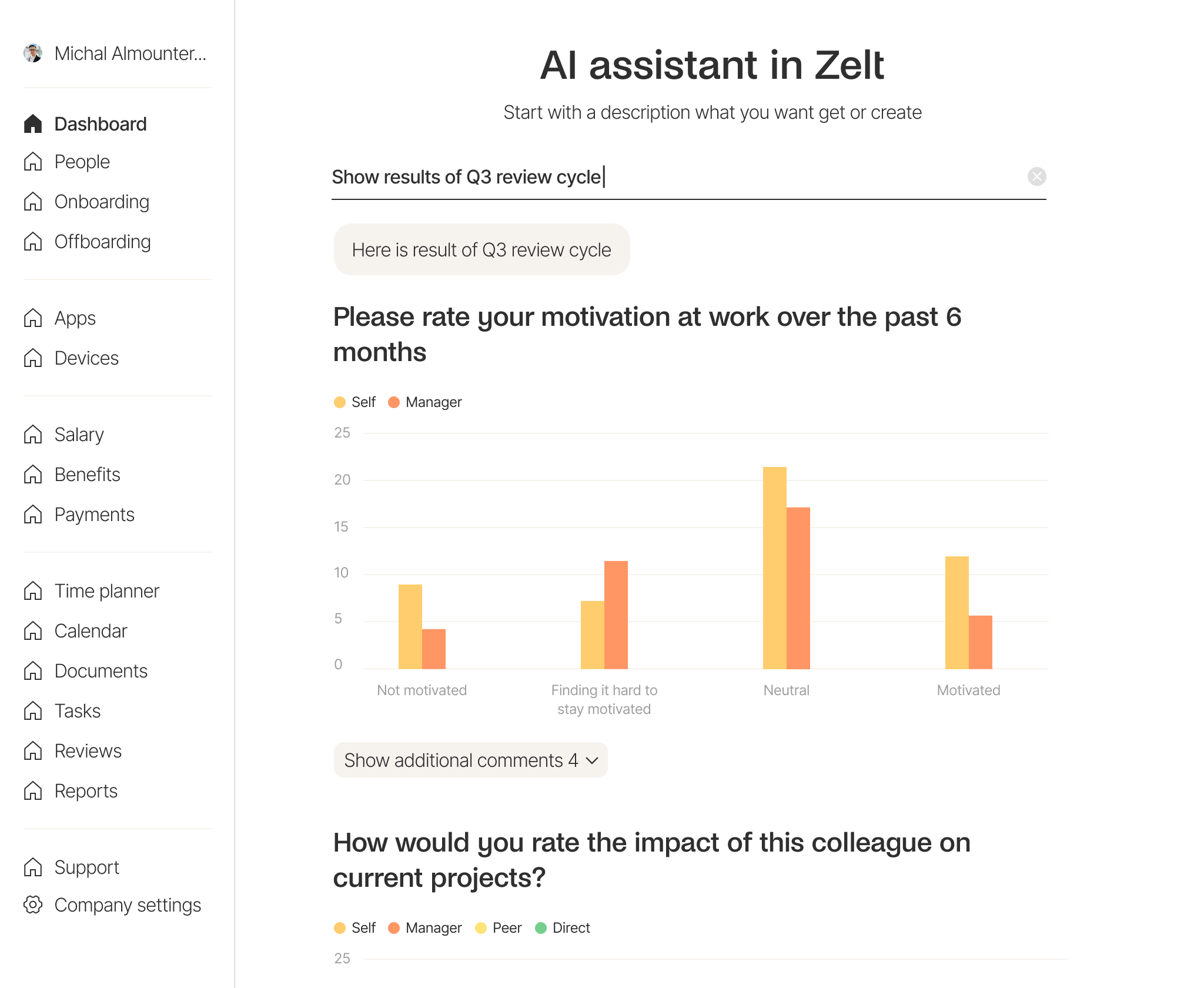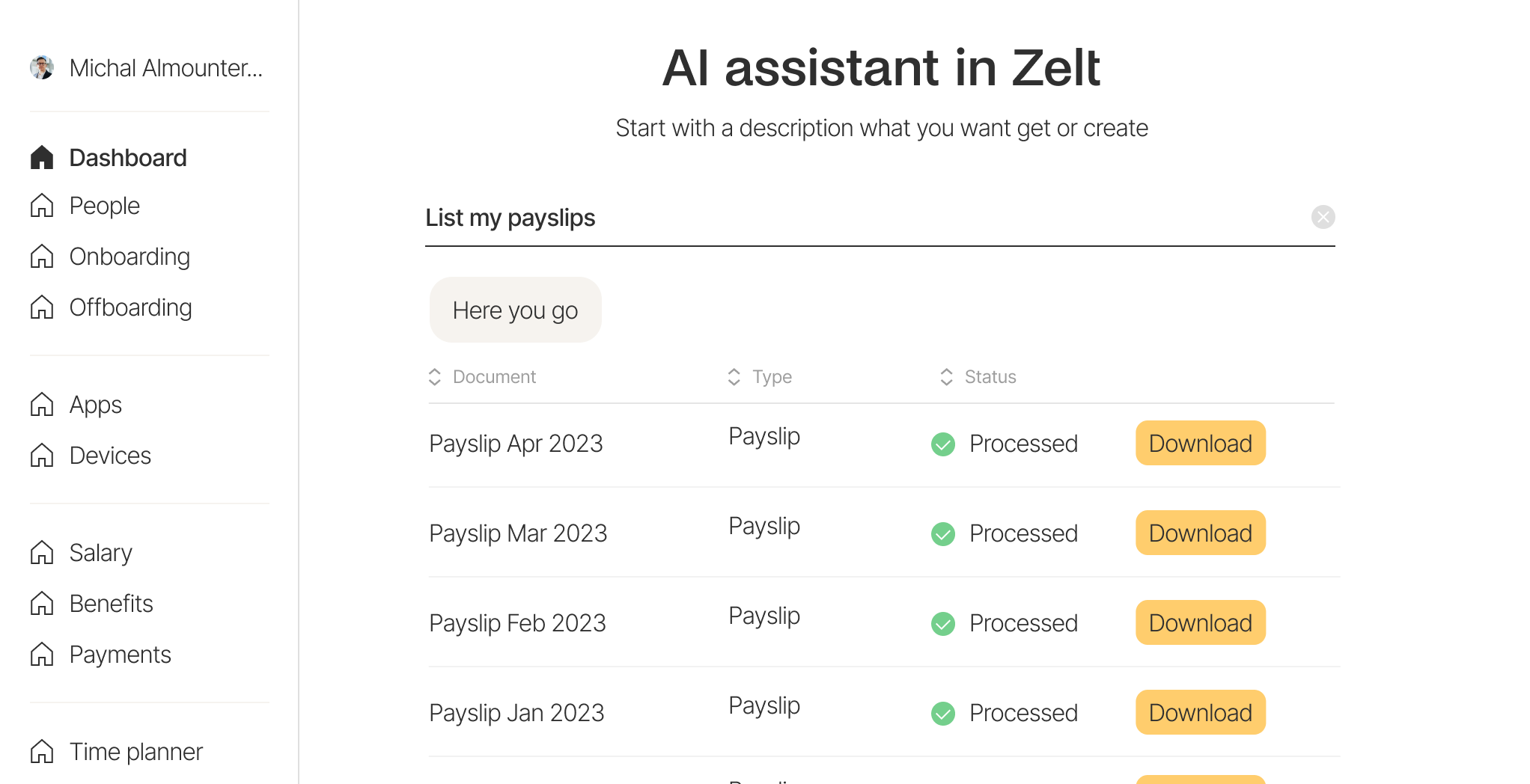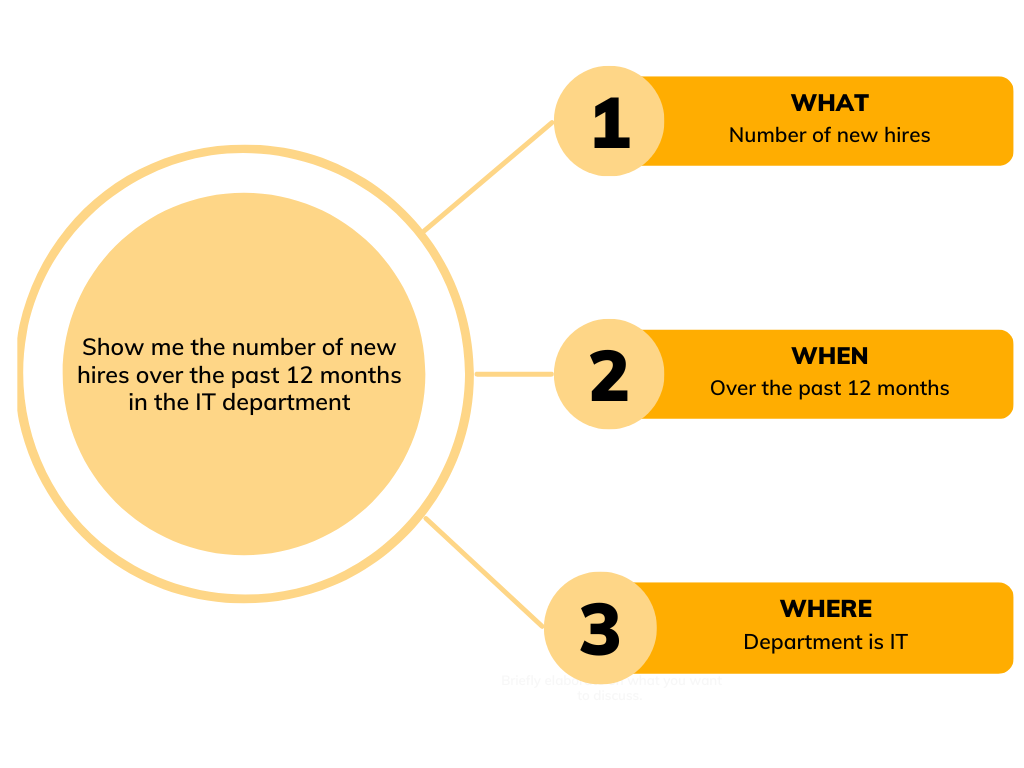ChatGPT and other generative Artificial Intelligence (AI) tools are making a transformative impact on Human Resources (HR) with over 100 million users just a few months after launch. With ChatGPT as a prime exemplar, these tools are reshaping traditional HR practices.
ChatGPT was quickly adopted by users worldwide, and now organizations are customizing GPTs like ChatGPT for specific needs, transforming HR by offering AI solutions that understand industry jargon and complex HR tasks. These custom GPTs improve efficiency in resume screening and employee engagement, marking a shift towards smarter, personalized HR tools.
The effects of these AI tools on HR are multi-faceted. They have the potential to automate repetitive tasks, assist in the recruitment process, and enhance employee onboarding experiences. With each visitor viewing an average of 6.22 pages per visit and spending about 8 minutes and 32 seconds on the site, it is clear that users find significant value in these offerings. Perhaps the most transformative quality of these tools is their ability to assist HR professionals in decision-making. By providing accurate, data-driven insights, these tools can help HR teams make more informed decisions when evaluating employees’ performance and generating company-wide insights.
How does HR use Artificial Intelligence technology?
AI in Onboarding
The onboarding process is crucial in setting the stage for employee success and organizational satisfaction. With AI technology, HR departments can leverage chatbots to guide employees through onboarding, ensuring a seamless and personalized experience. AI-powered chatbots can provide real-time information, answer common questions, and assist employees in completing necessary paperwork.
These chatbots can be programmed to deliver onboarding modules conversationally, making the process more interactive and engaging for new hires. AI-powered chatbots free up HR personnel’s time to focus on more strategic initiatives by automating routine tasks and providing instant support, ultimately improving the overall onboarding experience for employees.
Expense management
Expense management is another area where AI technology can greatly benefit HR departments. Traditional expense management processes can be time-consuming and prone to errors. AI-powered systems can automate expense tracking, verification, and reimbursement processes, streamlining the entire workflow. AI algorithms can analyze expense data, detect anomalies or policy violations, and flag them for review by HR personnel. This not only reduces the administrative burden on HR teams but also ensures compliance with company policies and eliminates the risk of fraudulent claims.
Furthermore, AI can provide valuable insights into spending patterns, identifying cost-saving opportunities and optimizing expense allocation. By leveraging AI technology, HR departments can enhance efficiency, accuracy, and cost control in expense management, freeing up resources to focus on more strategic initiatives.
AI for Data Insight
Data analysis has become fundamental to HR decision-making, enabling organizations to understand workforce dynamics and make informed choices. However, traditional data analysis methods often require coding skills or complex spreadsheet software. AI technology simplifies this process by providing intelligent chatbots that can generate code and retrieve necessary information, eliminating the need for HR professionals to learn coding or Excel skills.
Predicting Turnover
AI algorithms can evaluate historical data and identify patterns correlating with employee turnover. AI tools can predict turnover risks and provide proactive insights by integrating data from various sources, such as performance reviews, employee surveys, and demographic information. This empowers HR departments to take preventive measures, such as implementing retention strategies or identifying high-potential employees who may require additional support or career development opportunities.
Performance Management
AI can enhance performance management by providing real-time feedback and continuous performance monitoring. AI-powered systems can inspect employee performance data, set performance goals, and offer personalized suggestions for improvement. These tools can also automate performance evaluations, making the process more objective and consistent across the organization.

Analysing Employee Absenteeism
Tracking employee absenteeism and its underlying causes is crucial for effective workforce management. AI algorithms can analyse historical absence data, alongside factors like weather conditions, public holidays, and employee demographics, to uncover patterns and predict future absenteeism rates. This enables HR departments to proactively manage attendance issues, implement policies to reduce absenteeism, and ensure adequate staffing.
Talent Acquisition and Recruitment
AI can revolutionize talent acquisition by automating repetitive tasks such as resume screening, candidate sourcing, and initial assessments. AI-powered tools can analsze resumes, identify relevant skills and qualifications, and match them with job requirements. This automate the recruitment process, saves time for HR professionals, and ensures a more objective and efficient candidate selection.
Additionally, the integration of a user-friendly resume builder aids candidates in presenting their qualifications effectively, as this combination provides HR professionals with well-structured resumes.
Training and Development
AI technology can personalize training and development programs by analysing employee data and individual learning patterns. AI-powered systems can recommend training modules based on employees’ strengths, weaknesses, and career goals, allowing HR departments to provide targeted learning opportunities. Additionally, AI tools can simulate real-life scenarios for training, allowing employees to practice and improve their skills in a safe and controlled environment.
Detecting Burnout
Burnout is a growing concern in modern workplaces, leading to decreased productivity, increased absenteeism, and high turnover rates. AI tools can monitor employee behaviour and communication patterns to detect signs of burnout. These tools can identify language patterns indicating stress, exhaustion, or dissatisfaction through natural language processing and machine learning algorithms. HR departments can then take proactive steps to address burnout, such as providing wellness programs, workload adjustments, or mental health support.
What are the benefits of an HR chatbot?
HR chatbots significantly enhance efficiency in various HR processes, leading to cost savings and automating operations, bringing many benefits.
Better employee experience
Chatbots can provide immediate responses to employee inquiries, reducing the waiting time for answers from HR. This instant communication can significantly improve the employee experience.

24/7 Availability
Unlike human HR representatives, chatbots can operate 24/7, offering round-the-clock support to employees. This availability ensures that HR-related queries and concerns can be addressed promptly, regardless of the time zone or working hours. It reduces the waiting time for employees and boosts productivity.
Time and Resource Savings
By automating routine and repetitive tasks, HR chatbots free up HR personnel’s time, allowing them to focus on strategic initiatives and high-value activities. This optimized resource allocation increases productivity, as HR professionals can dedicate their expertise to more complex and critical HR functions, such as talent management or employee development.
Lower Chance of Human Error
Human error can occur in various HR processes, leading to potential inaccuracies, delays, and inconsistencies. HR chatbots help mitigate these risks by providing accurate and standardized responses consistently.
Data Accuracy
Chatbots rely on accurate and up-to-date information to respond. By leveraging integrated data sources, chatbots can ensure that the information they deliver is accurate and reliable. This minimizes human errors arising from manual data entry or retrieval.
Lower cost
All of the above will likely save an organization costs, whether reducing waiting time for a support ticket or avoiding costly mistakes.
How to effectively use AI technology in HR?
Here are some general guidelines on how to use smart chatbots
- Start by providing well-defined and specific instructions or questions to the AI chatbot, clearly stating your desired outcome or information.
- Use unambiguous language and specify variables, metrics, and analysis requirements.
- Break down complex requests into smaller, more manageable tasks for the AI to comprehend.
- Provide context and background information to help the AI system better understand the nuances of your HR-related queries.
- Regularly evaluate the AI’s responses and refine your instructions if necessary, enabling a feedback loop that helps improve the AI’s comprehension over time. Clear and precise communication ensures the AI accurately interprets your requests, leading to more relevant and actionable insights for HR decision-making.
Generally, the more context you give the AI, the more accurate the answer will be. This is no different from when humans communicate; incorporating the 5 Ws (Who, What, Where, When, Why), when applicable, enhances clarity and understanding. You can use the framework below to see how the AI will interpret your input if this helps you writing a better prompt, though this is not what happens in reality (it “just” predicts the next more likely word). Furthermore, it’s essential to recognize that tools such as ChatGPT are insufficient when it comes to data analytics. Their primary function is to create code that performs computations on the data.

The Challenges and Concerns
Data Privacy
One of the primary concerns is data privacy. Chatbots like ChatGPT operate by processing vast amounts of data, including potentially sensitive employee information. Organizations must ensure robust data privacy measures and comply with all relevant data protection laws and regulations.
Algorithmic Bias
AI systems are only as good as the data they are trained on. If the data used to train an AI system contains biases or discriminatory patterns, the AI can perpetuate and amplify those biases in HR decision-making processes. For example, if historical employment data is biased against certain demographic groups, an AI system trained on that data may inadvertently discriminate against those groups in screening, hiring, or promotion decisions.
Misinterpretation of Language
While tools like ChatGPT are impressive in their ability to mimic understanding and generate human-like text, they could be better. Language misinterpretation is risky, especially regarding nuances, cultural contexts, and emotions.
FAQs
How ChatGPT works?
ChatGPT works by utilizing advanced algorithms and a large language model to analyse and understand human text inputs. It leverages a technique called Natural Language Processing (NLP) to comprehend and generate human-like responses.
What is Natural Language Processing (NLP)?
Natural Language Processing (NLP) is a subfield of AI that focuses on the interaction between computers and human language. It involves the development of algorithms and techniques to enable machines to understand, interpret, and generate human language, both written and spoken. NLP plays a crucial role in tasks such as language translation, sentiment analysis, speech recognition, and chatbot interactions.